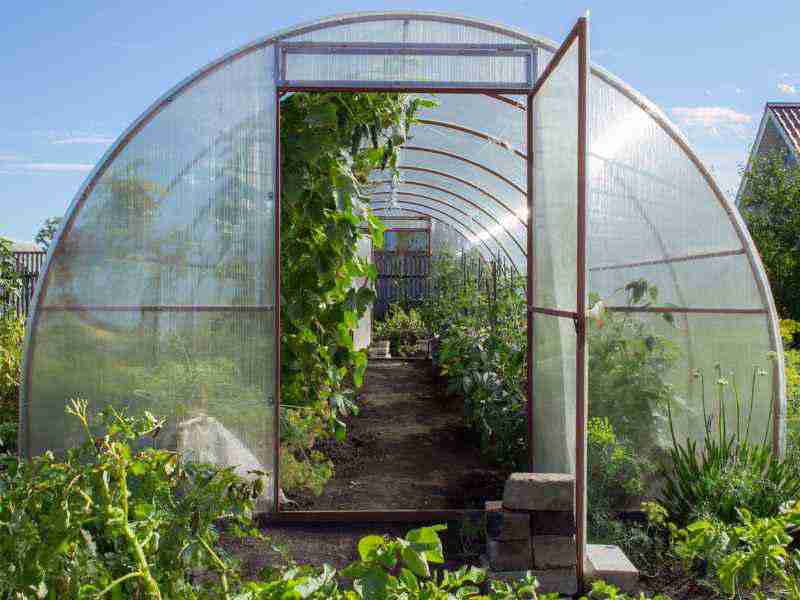Advantages of making a plastic greenhouse
A high percentage of greenhouses in our country have used plastic nylons as a cover on the skeleton. Get to know the advantages of making a plastic greenhouse.
A high percentage of greenhouses in our country have used plastic nylons as a cover on the skeleton. But what are the advantages of building a greenhouse with plastic, and what factors have caused its use to be more than other materials? Stay with us until the end to find the answers to these questions.
Why plastic cover?
We all know that greenhouses are artificial and simulated places of suitable conditions for the growth of different plants that allow people to farm in different climates.
Plants usually need moderate or warm weather and enough light to grow, that's why farmers use transparent and heat insulating materials to build this space. Plastics for greenhouses are also among the best future options with the property of passing light and keeping the interior warm.
Advantages of making a plastic greenhouse
All the materials that can be used to build a greenhouse have the characteristics that we mentioned in the previous section. Building a greenhouse with a plastic cover has the following advantages compared to other cases:
to be economical
Building a plastic greenhouse is the best choice for those who do not have a lot of capital available, but want to grow high-quality and diverse products. The cost of constructing a plastic greenhouse is lower than other materials for the following two reasons:
The construction of this type of greenhouse does not require strong and expensive frames. Farmers can even build a durable and strong greenhouse with plastic pipes, which are cheaper than wood and metal.
The sales rate of special plastics for greenhouse construction is much lower than glass and PVC transparent panels.
energy saving
The insulating power of plastic nylons is much higher than that of things like glass. This issue makes the farmers use less energy for the heat of the greenhouse, which will save energy consumption and the cost of building the greenhouse.
According to the research conducted by experts in this field, the insulating power of plastic is 40% higher than glass, so the fuel consumption in such greenhouses will be much less.
By creating a strong protective wall, plastic covers prevent any kind of cold, snow, rain and strong winds from entering the greenhouse and damaging the plants.
Prevent the growth of bacteria
Many greenhouse nylons with antibacterial properties prevent the growth of harmful microbes in the indoor environment. In fact, the lower the growth rate of harmful bacteria, the lower the cost of spraying.
Easy installation
Installing the plastic cover on the frame of the greenhouse is much easier than other materials and requires less skill. Also, due to the low price of this cover, making a mistake in installing a part of it does not lead to high damages.
On the other hand, it is easier and cheaper to replace damaged parts of the plastic cover over time or due to external pressures than examples such as glass.
Proper light transmission
Greenhouse plastics, with their transparent property, provide the maximum light needed by the plant, as a result, the productivity of bushes and trees will be higher. Also, many of these coatings, having UV properties, prevent the possible damage of ultraviolet rays to plants.
Easy maintenance
Glass greenhouses require more maintenance and cleaning due to the creation of water stains and sometimes its combination with dust. On the other hand, one of the advantages of making a plastic greenhouse is reducing the time of cleaning the plastic to one or two times a year.

